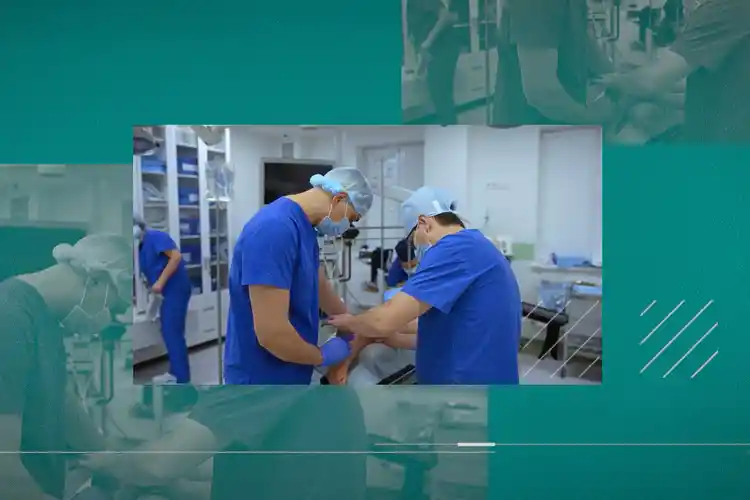Treatment Options for Spasticity

Hide Video Transcript
Video Transcript
[MUSIC PLAYING]
And so the treatment approach to spasticity is very much-- it's similar across the board, despite the initial disease that caused the spasticity. Treatment options for spasticity would include the first-line oral medication. So these things would include medications such as baclofen, tizanidine, Flexeril, or cyclobenzaprine.
And then if those options are not helpful, or maybe the patient is unable to tolerate their side effects, then we move on to more focal approaches, such as botulinum toxin, phenol injections. And then, specifically for spasticity that is affecting the legs, here I would include things like intrathecal baclofen, which is a pump that carries a intrathecal baclofen that must be implanted in the body for it to work.
Surgery for spasticity is typically done when a person has developed contractures that are either becoming too painful, or interfering with caregiver function, or interfering severely with activities of daily living. And once a person forms contracture and it is deemed necessary, then you can send that person typically to an orthopedic surgeon for surgical tendon release. Some lifestyle modifications that can improve spasticity would be things like physical therapy, occupational therapy, stretching exercises, strengthening exercises, regular exercise on one's own, avoiding stressors. Anything that causes stress to the body will typically worsen spasticity.
When I start treatment with patients, I absolutely make clear what the goals are, and that differs from patient to patient. But I also tell them that they need to be patient. This is going to take time, because it takes time to build on a therapy and build on an intervention.
So the goals of treatment include things like decreasing discomfort or pain, such as with cramping or spasms, improving activities of daily living, such as toileting, dressing oneself, bathing oneself. And this also includes improving the life of the caregivers of some of these patients, because spasticity can impair their ability to take care of the patient. I would say that there is a lot of hope for patients with spasticity. The earlier you can identify and treat spasticity, the more likely that person is going to improve, in terms of function.
FARIA AMJAD
When I see a person for the first time with spasticity, the first thing I need to ask the patient is how it's affecting them. Sometimes, it's pain. Sometimes, it's discomfort. And sometimes, it's an interference with functions, such as walking or using your hand or using your arm. And then once I do that, then I sort of focus on why it is important to treat spasticity. And so the treatment approach to spasticity is very much-- it's similar across the board, despite the initial disease that caused the spasticity. Treatment options for spasticity would include the first-line oral medication. So these things would include medications such as baclofen, tizanidine, Flexeril, or cyclobenzaprine.
And then if those options are not helpful, or maybe the patient is unable to tolerate their side effects, then we move on to more focal approaches, such as botulinum toxin, phenol injections. And then, specifically for spasticity that is affecting the legs, here I would include things like intrathecal baclofen, which is a pump that carries a intrathecal baclofen that must be implanted in the body for it to work.
Surgery for spasticity is typically done when a person has developed contractures that are either becoming too painful, or interfering with caregiver function, or interfering severely with activities of daily living. And once a person forms contracture and it is deemed necessary, then you can send that person typically to an orthopedic surgeon for surgical tendon release. Some lifestyle modifications that can improve spasticity would be things like physical therapy, occupational therapy, stretching exercises, strengthening exercises, regular exercise on one's own, avoiding stressors. Anything that causes stress to the body will typically worsen spasticity.
When I start treatment with patients, I absolutely make clear what the goals are, and that differs from patient to patient. But I also tell them that they need to be patient. This is going to take time, because it takes time to build on a therapy and build on an intervention.
So the goals of treatment include things like decreasing discomfort or pain, such as with cramping or spasms, improving activities of daily living, such as toileting, dressing oneself, bathing oneself. And this also includes improving the life of the caregivers of some of these patients, because spasticity can impair their ability to take care of the patient. I would say that there is a lot of hope for patients with spasticity. The earlier you can identify and treat spasticity, the more likely that person is going to improve, in terms of function.
